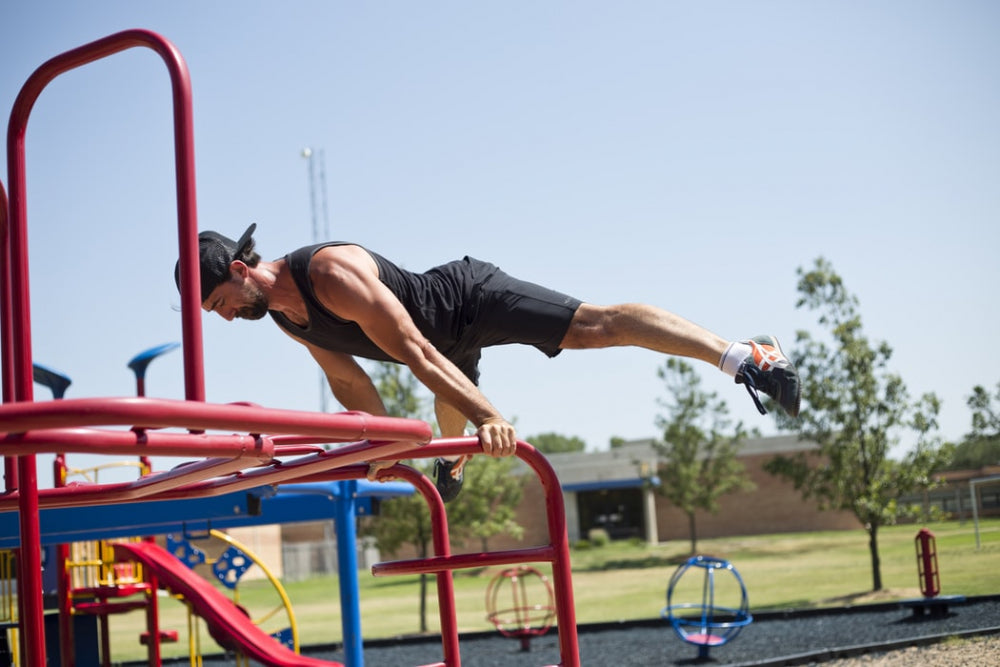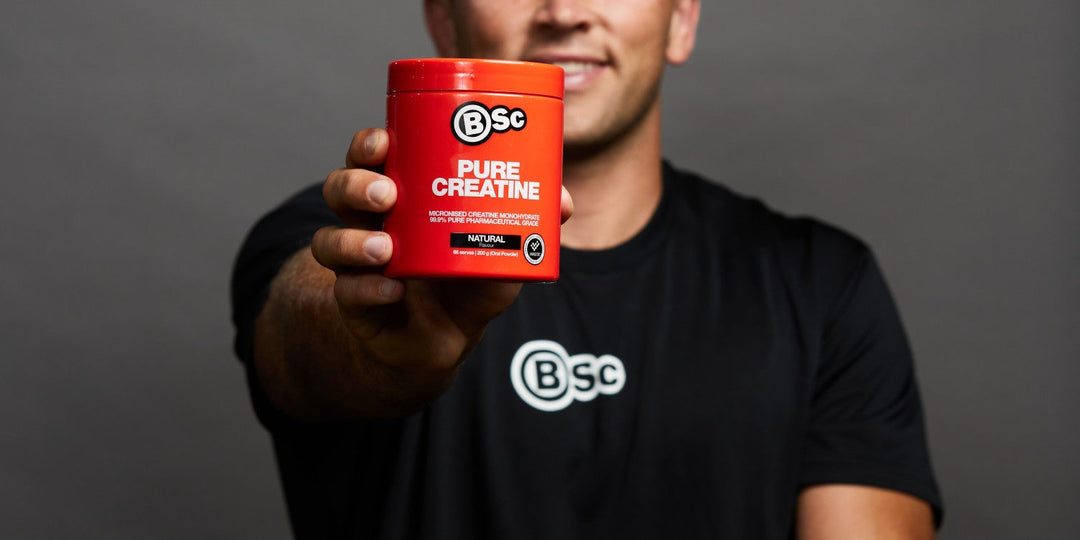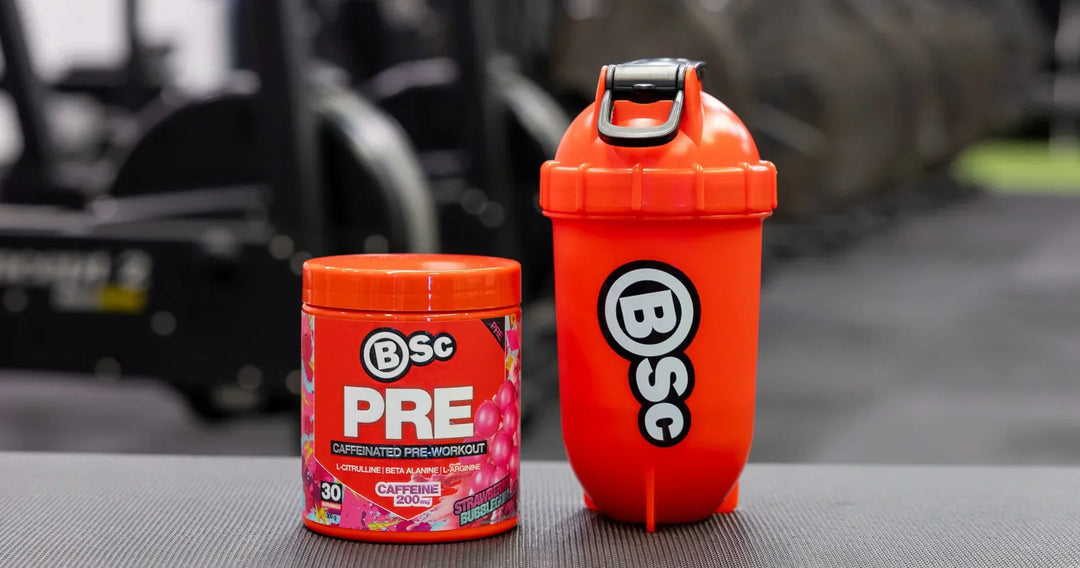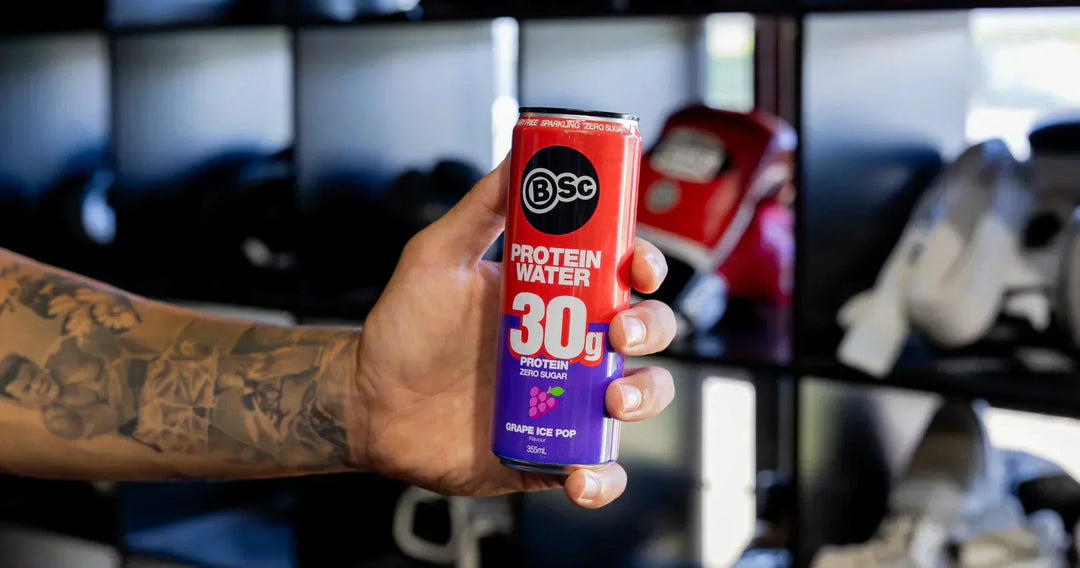Nicole Calleja, Certified Personal Trainer, explains the importance of properly planning and structuring your strength training in order to reach your goals. A mapped out plan, incorporating strategic rest periods, will help avoid both physical and mental burnout en route to reaching your peak.
What is periodisation all about?
We are going to start off with going through periodisation, what periodisation is all about and why we do it. When we first start lifting, it's so new to our body and muscles. In these initial stages it will take you a bit longer to recover, so we don’t really want to be focusing on a single muscle group too much as the recovery would take too long. When first starting off, it's not ideal to be needing three days off just to recover and get back working in the gym again. By periodising our training, we are setting ourselves a long time plan rather than just worrying about what we are doing now. Once we have gone though our goals setting and we know what we want to achieve, it's time to lay out some specific plans for how we are going to achieve this.
Full-body exercises
For example, if you're just starting out, your goals may be to put on some muscle, burn some fat and tighten up a little. I'd recommend spending the first four weeks focusing on full body exercises and compound movements. These exercises are going to use all of the muscles in our body and are going to give you a really good foundation before we start moving into splitting the body parts further into our training program. Importantly, it'll give you a really good technique foundation; how to stay nice and tight, keeping the chest up, keeping the core engaged and making sure we're nice and stable. Have you heard people speak about push and pull? We incorporate this into our training program so that there are some push and some pull days. By separating it up this way we are using three or four muscle groups at a time rather than going straight to a five-day split when we might specifically hit back training one day, shoulders on another day and so on. For a beginner, this is going to be too much on the body and it may take too long for muscles to recover for you to see good results from your training. This means your progress - and motivation - would suffer. Instead, on push days we may be using our chest, our shoulders, our back muscles, as well as our triceps (the back of our arms). We're still hitting a fair few muscle groups but we're now taking out the lower body and taking out biceps. By selecting the right exercises we can still get a great pump, get a great workout, raise the heart rate and burn fat while building muscle.
Push days
The overhead press is a great 'push' exercise. There are a lot of variations to this exercise, so you can start with a standing barbell overhead press. Key technique points are to keep the chest up and high, contracting our muscles and using our core/abdominals. Once you've nailed the technique, we can then look at adding extra weight to make this exercise more intense and challenging. On top of this, there are variations we can start to incorporate to isolate our shoulders even more. For example, we can do this exercise seated so that we can no longer rely on our legs to help lift the bar. As the strongest part of the body, it often happens that our legs and lower body will come in to assist when the shoulders begin to tire. If you do find this happening on your 'push' days, you can move your exercises to a bench so that you no longer have the option of your lower body coming in to assist. Similarly, if you find that one side of your body is weaker and that you use the opposite side to compensate, we can instead use dumbbells rather than a barbell. Each side of your body will need to work independently so it can help to correct any imbalances.
Pull days
On pull days we will be looking to do some more back exercises, a little bit of shoulder work as secondary muscles, and also bicep work. We will always be incorporating biceps to some degree whenever there is any sort of pulling motion; depending on where we position our hands will influence how much biceps we will be using. Lots of girls like to ensure that in summer when they're wearing low back dresses, they've got a really nice, fit looking back, so it is an important area to target not just for strength but also aesthetically. There are many variations of back exercises we can use, including some with dumbbells and using pin-loaded machines. Pin loaded is nice and always easy if you are new to the gym because they are already set up and ready to go, no plates or barbells to worry about; all you literally need to do is pull out a pin out and adjust the weight that way. This is great for people who might find lugging plates around the gym uncomfortable or intimidating, or if you're not too sure what you need to do. Pin loaded machines are a great introduction to weight training, and it's perfect for when you're training with a partner because you can easily change the weight to suit different people simply by removing the pin.
HIIT Training
On top of our push and pull days, PT Nicole Calleja recommends adding in a HIIT session. Ideally this will incorporate full body exercises in a session to give you the most bang for your workout buck. Usually this will be incorporated at the end of a weights session to cap off the workout. You may find when doing a push and pull day that you will get through those exercises relatively quickly, allowing you time for HIIT.
You should ideally be aiming for 3-4 sets of each exercise, starting off with 3 sets when you're just starting out on your fitness journey so that you don't pull up too sore the next day and are able to get back into the gym without too much downtime.
You may also like to do your HIIT on its own, even fasted in the morning. Aim to get through the exercises quickly - don't draw it out! The idea of HIIT circuit is to keep the heart rate up, not having too much rest between each exercise so you can bang it out as quickly as possible and have a rest at the end.
Recovery
Being sore is a great feeling - you know you've worked hard, and this is your body's way of telling you that - but we don't want to be so sore the next day that we can't train. To optimise recovery, you should be using BCAAs during your training sessions. Sipping on Amino BCAA Fuel during your training will help to fuel the muscles and help to reduce muscle soreness following your session. Also ensure to finish off your workout with a protein shake (try Shred Protein Powder for a great-tasting option), best taken within 30mins following your session when your muscles are primed and in need of nutrients to aid with repair.



